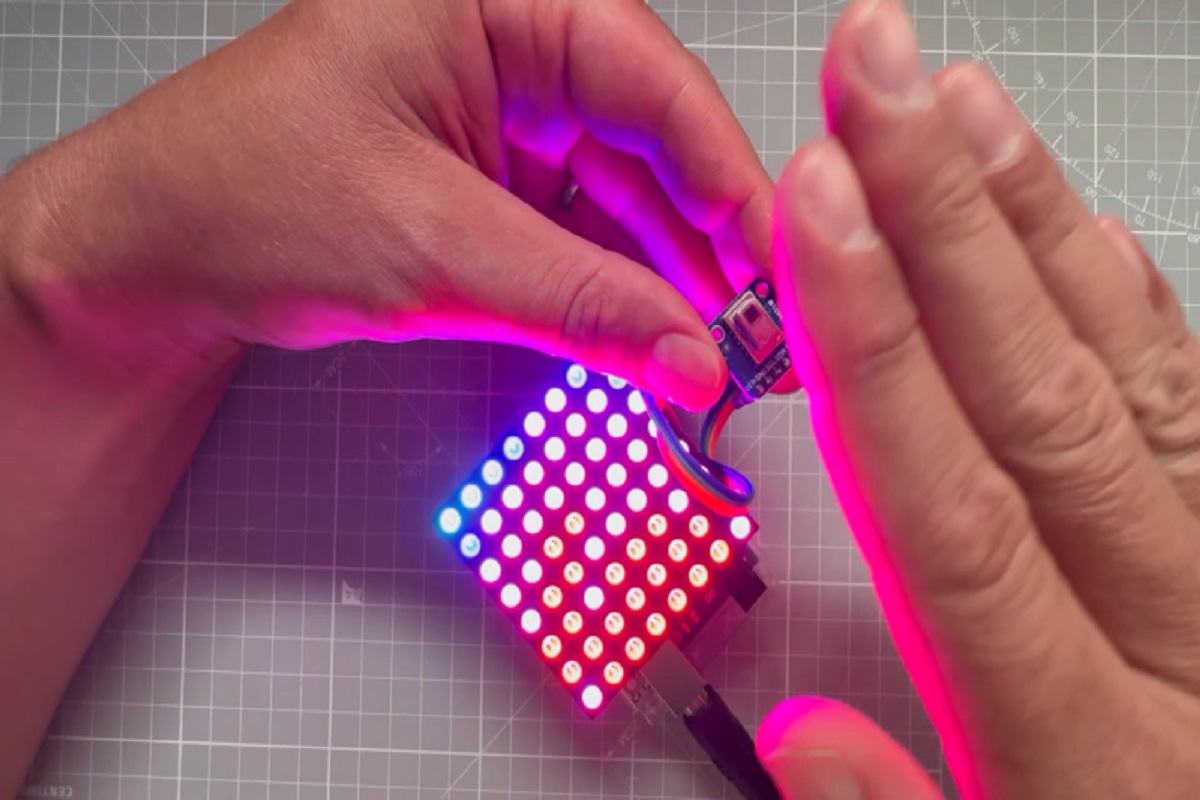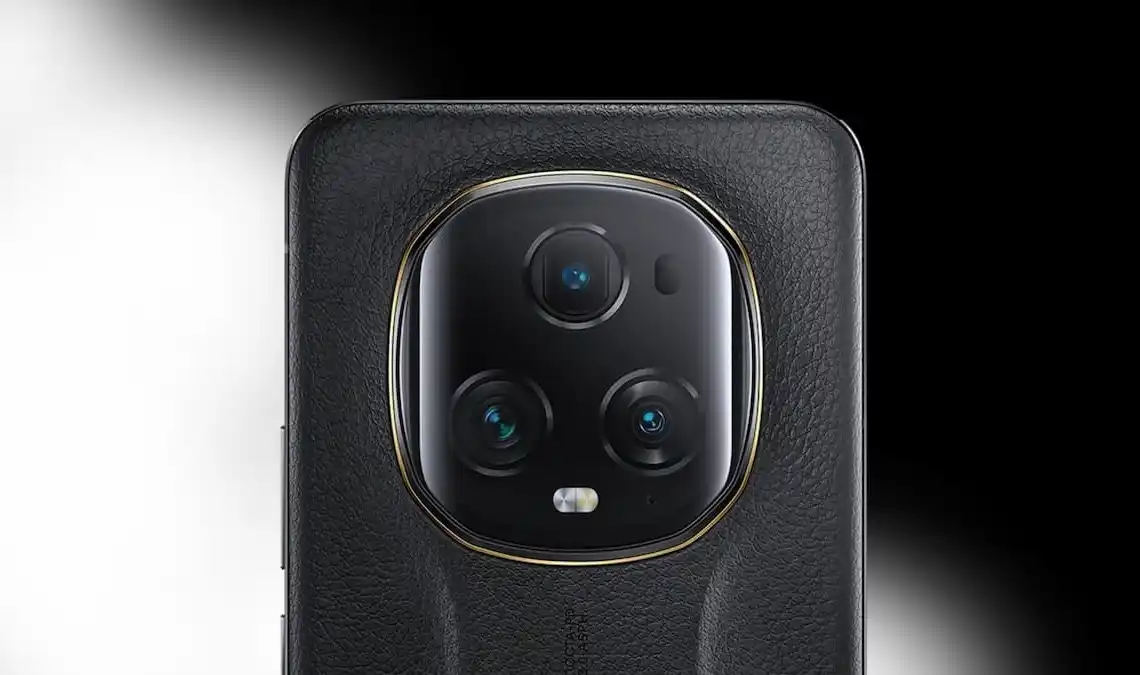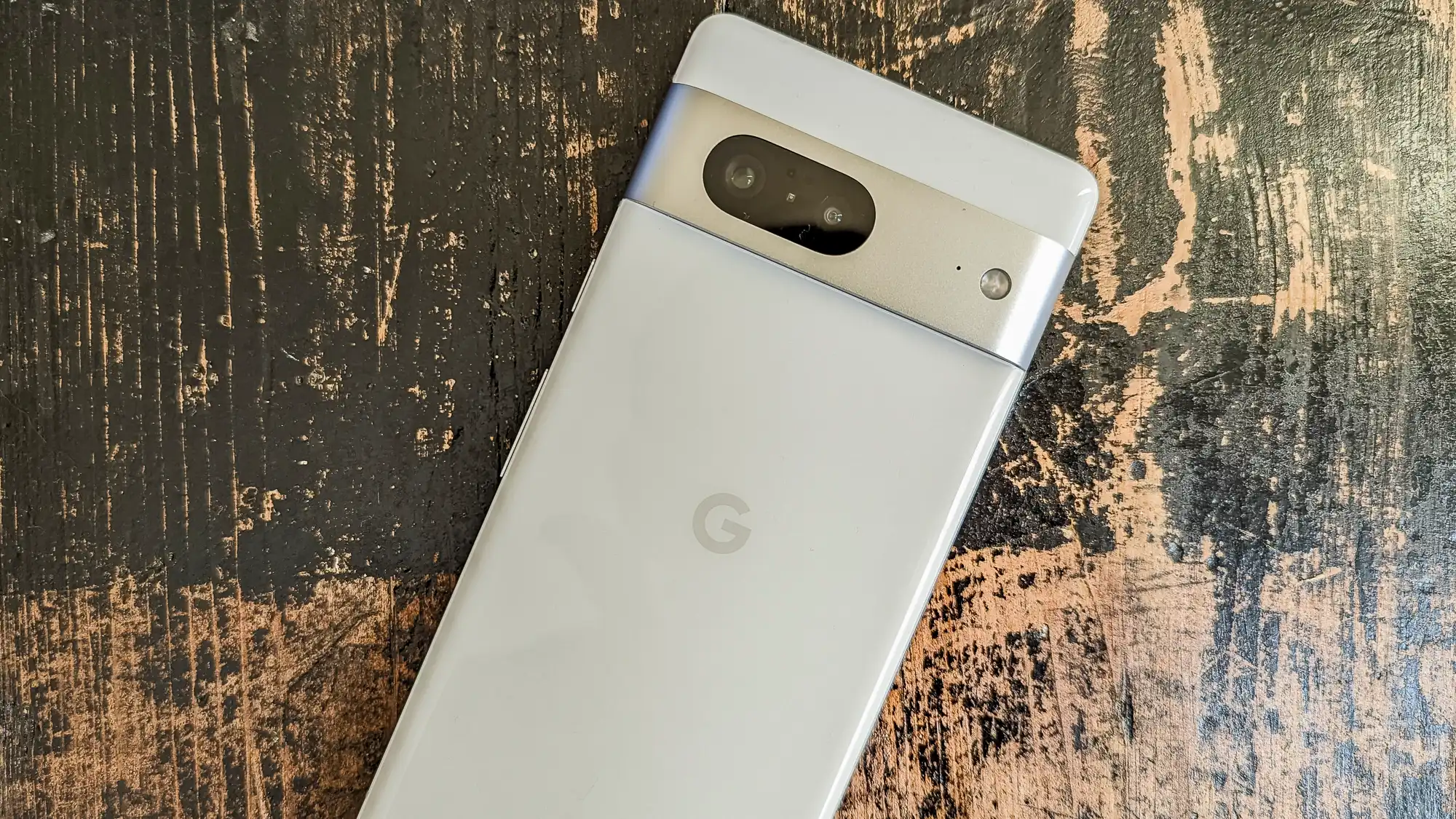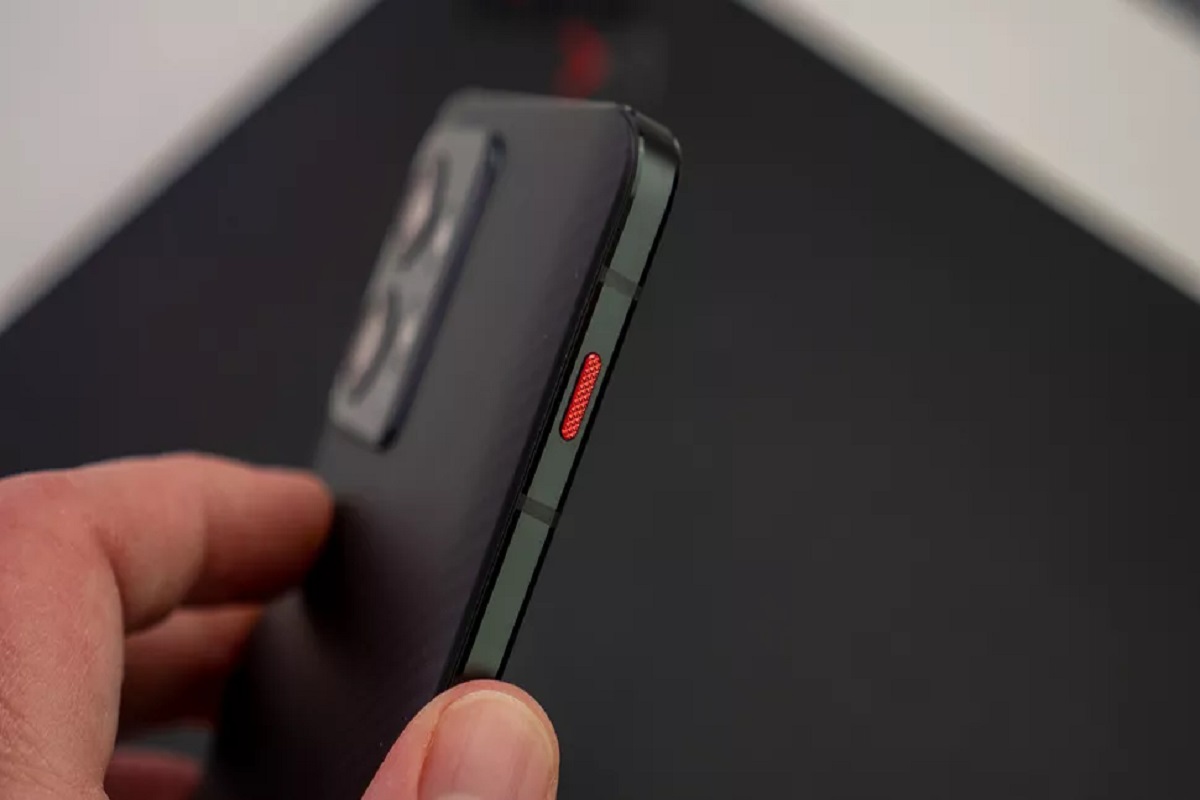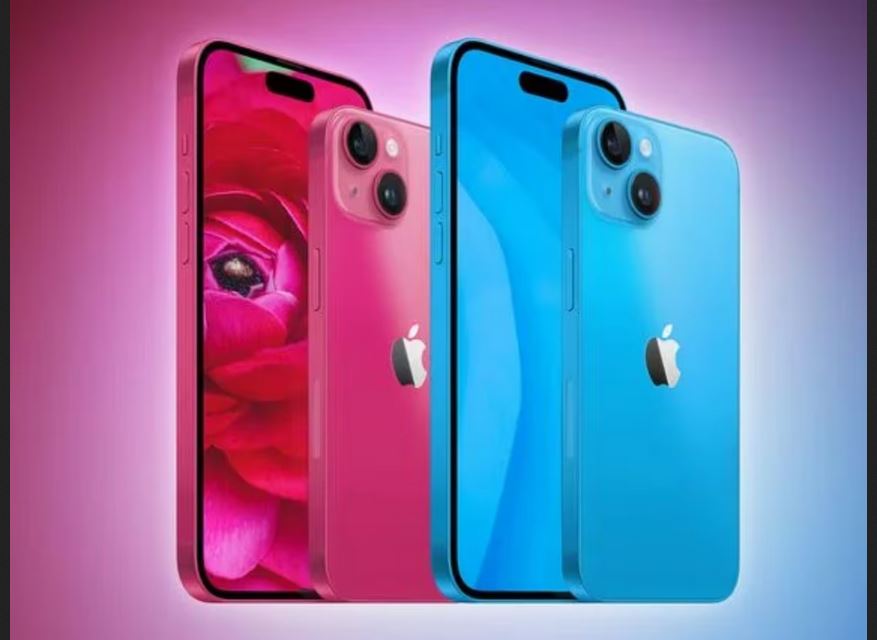New leaks about Apple’s upcoming iPhone 15 series have provided insights into multiple updates, including USB-C ports, thinner bezels, and potential surprise upgrades for older iPhone generations.

Leaked images reveal Apple’s alleged USB-C component for the iPhone 15 range. While sources are new, insiders consider the details to match up accurately, suggesting this change is legitimate.
The move to USB-C is significant for iPhone users. It not only complies with impending international regulations but also offers practical benefits. Users will be able to use a single cable to charge their iPhones, iPads, and MacBooks. Furthermore, both iPhone and Android owners can share cables, promoting convenience.
Importantly, USB-C adoption opens doors for faster data transfer and charging speeds. iPhones have lagged behind Android counterparts in this regard, but leaks suggest that iPhone 15 Pro models might support Thunderbolt 4 performance, a significant boost from current USB 2.0 speeds. This paves the way for improved speeds, enhancing user experience.
Insider Majin Bu has shared details about upcoming screen protectors for the iPhone 15 Pro and iPhone 15 Pro Max. These protectors highlight remarkably thin bezels, measuring just 1.5mm thick. This achievement breaks records, surpassing competitors like the Xiaomi 13 (1.81mm) and the Galaxy S23 Ultra and iPhone 14 Pro bezels by around 20% and 30%, respectively. This engineering feat enhances aesthetics and sets the stage for larger displays in future iPhone models.
Apple’s tvOS 17 beta code contains references to iPhone 15, iPhone 14, and their respective variants (Pro, Pro Max). While version numbers correspond to chip generations rather than model numbers, this code hints at upcoming releases.
The move to refresh iPhone 14 Pro and Pro Max models a year after launch raises questions. One plausible explanation is Apple’s intent to equip them with USB-C ports to comply with future sales bans. This change would bring uniformity across Pro-branded products and enhance the user experience.
Amid criticism of Apple’s innovation, anticipated upgrades for the iPhone 15 Pro and Pro Max include a titanium chassis, solid-state Action button, and upgraded UWB. The standard iPhone 15 models are set to adopt the Dynamic Island design, while the entire range is poised to benefit from advanced stacked battery technology.
Though potential price increases may concern some buyers, limited stock at launch is expected to drive early upgrades. Recent leaks suggest that design changes planned for the iPhone 15 Pro and Pro Max will also extend to the entry-level iPhone SE4 in 2024. Notable changes include a design based on the iPhone 14, USB-C support, Face ID, and the inclusion of an Action button. These swift upgrades indicate Apple’s commitment to providing cutting-edge technology across its product range.
Apple’s strategy of integrating advanced features into budget models presents unique challenges. While Face ID and the Action button bring added value, they raise questions about cost and scale. Apple must carefully manage the implementation of these features while ensuring a seamless user experience.
Leaked images of iPhone 15 components hint at potential encryption features, sparking concerns about cable compatibility. While legality suggests that USB-C cables should work universally, questions arise about Apple’s intentions regarding fast charging and data transmission rates for certified cables.
USB-C adoption could significantly improve charging rates, rivaling Android counterparts. However, it remains uncertain whether Apple will leverage this capability. Leaks about Thunderbolt 3 speeds and fast charging for iPhone 15 Pro models have yet to be confirmed, leaving room for speculation.
